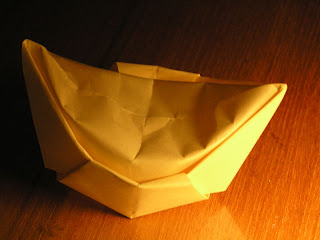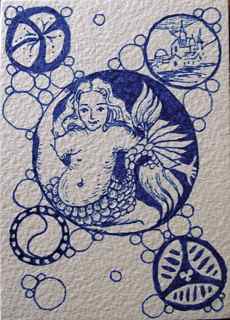 |
| Schiavonetti, 1808, Soul Leaving the Body |
Well, so I've looked for explanations into this. I've come up with several:
1. It was a figment of my imagination
2. The place was haunted
3. It was my astral body extending itself
1. It might have been a figment of my imagination. But, I have never been able to replicate this particular imaginative episode anywhere. Believe me, I've tried. Of course, one could never rule out this one, but I know that I am not loony nor do I suffer from delusions. I am a sane, grounded individual, not prone to flights of fancy, and believe in logic and scientific explanations.
2. The place was haunted. I have never first-hand experienced a haunting. I have woken up once when I was about five and thought I saw something in my bed. It looked like the face of a clown (and yes, I have a fear of clowns), but in retrospect, it was most likely only my mind playing tricks on me. It was most likely a stuffed toy in my bed that I saw. I have known people who have seen ghosts and spirits, but I have not. Also, if it were a spirit, then this spirit would have had to read my mind to know whether I wanted the pendulum to swing clockwise or counterclockwise or stop. And then, if spirits had the power to affect physical objects, why do the swinging of a pendulum? Why not go all out and stack chairs and stuff?
3. So I was reading the other day this book written by Swami Panchadasi entitled "Clairvoyance and Occult Powers." It is the first book that I have read that offers a comprehensive explanation of supernatural phenomena. Swami Panchadasi explains the ability to affect distant objects by what he calls astral extension. He says, "they first picture the astral extension, and then will the projection of the astral and the passage of the prana (or vital force) around the pattern of the mental image. ... their body becomes so charged with prana that it is able to move physical objects." (from "Clairvoyance and Occult Powers" by Swami Panchadasi). In effect, oddly enough, he offers a non-supernatural explanation. It is our astral bodies, our non-physical bodies, that can cause phenomenon that seems supernatural. (But, you might argue that the "belief" in an astral body is already something of the supernatural....) Take for example the very famous 1970s Philip Experiment whereby a group of people conjure up an imaginary ghost. Their imaginary ghost, named Philip, causes the table around which they sit to move and levitate. The researchers believe that this is due to some sort of mental activity of the group; their psychic (or mental) abilities as a group created a physical result, the movement of the table. These mental projections also explain the "supernatural" phenomena of mediums. The mediums, in some cases, may not actually be conjuring spirits so much as reading the thoughts of those present and thus creating a psychic entity from their collective thoughts. In essence, in order to understand our minds and the world as a whole, we must also take into account the as-yet-undeveloped ability of our minds to work as a collective whole. So, instead of arguing whether or not we have astral bodies or what not (all a matter of semantics), why not simply say that there is something that our minds are capable of, but of which most people have not developed yet. Let us work towards developing these mental capacities.




